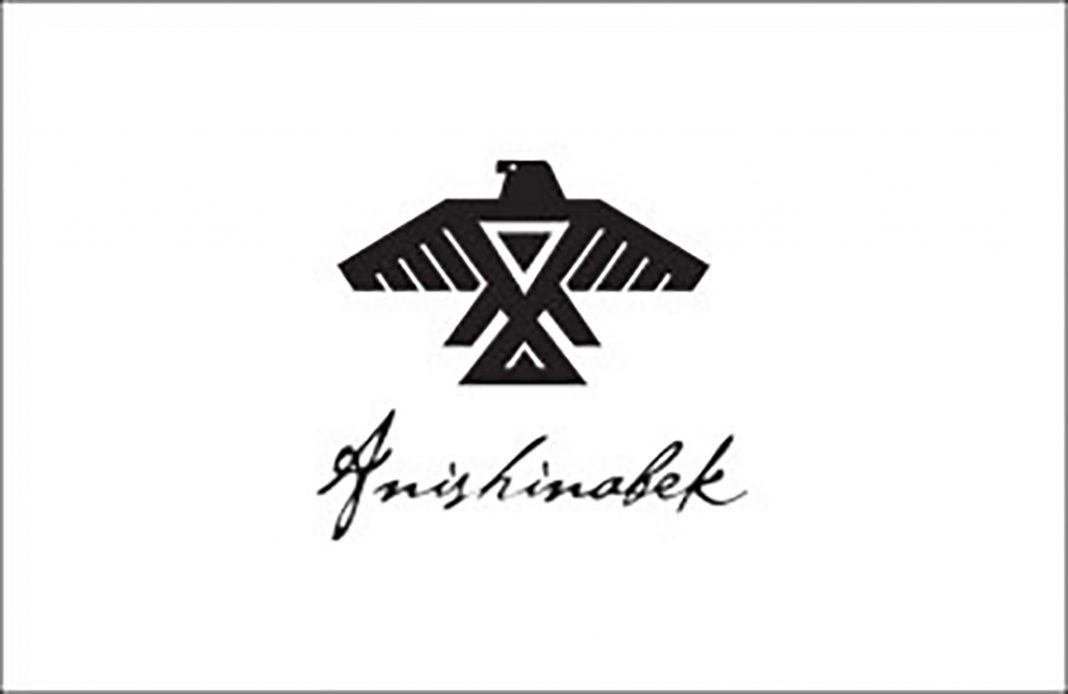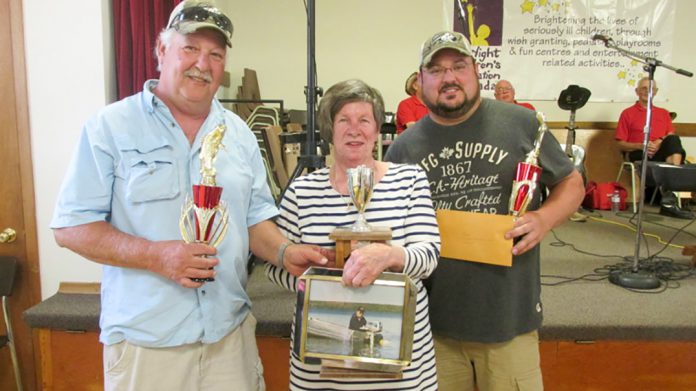ANISHINABEK NATION—The Government of Canada and 23 Anishinabek Nation First Nations (including the majority of First Nations on Manitoulin) made history recently by signing the Anishinabek Nation Education Agreement. This agreement recognizes Anishinabek control over education on reserve from Junior Kindergarten to Grade 12 in 23 participating First Nations in Ontario. It is an important step out from under the Indian Act for these First Nations toward greater self-determination.
The Anishinabek Nation Education Agreement is the first of its kind in Ontario and is the largest education self-government agreement in Canada due to the number of First Nations involved. It supports the Anishinabek Nation’s vision of a “quality Anishinabek education system that promotes Anishinaabe culture and language and improves education outcomes for Anishinabek students.”
“The Anishinabek Nation communities have long sought the authority to education their children-their way,” stated Grand Council Chief Patrick Wedaseh Madahbee. “I am pleased that the Anishinabek Nation Education Agreement is finalized. This will provide the foundation of strength, hope, pride and academic excellence for our children for generations to come.”
The Honourable Carolyn Bennett, Minister of Indigenous and Northern Affairs said, “the evidence is clear. First Nations led and First Nations-governed education systems, which ensure culturally appropriate and quality education, achieve better results for First Nation students. Today’s announcement demonstrates a commitment to advancing self-determination for First Nations and foster a secure, personal cultural identify for Anishinabek students which will result in better health and education outcomes.”
“This historic agreement—the first of its kind in Ontario and the largest education self-government agreement in Canada—sets the stage to inspire transformational change in Anishinabek communities throughout Ontario,” said Ms. Bennett. “Congratulations to the 23 Anishinabek Nation First Nations on the signing of this education self-government agreement. Your leadership will benefit your children and grandchildren and great-grandchildren. Miigwech.”
“We are pretty excited about all of this, it has been a very long time in coming,” stated Grand Council Chief Madahbee. “Within one year of the signing agreement the implementation phase will be in place with the federal and provincial and federal governments for our own school education authority.”
“First Nations will now have full control over our education system,” continued Grand Council Chief Madahbee. He said it will mean First Nations, with regional education councils in place, will have control over the curriculum, language and structures in place in First Nation schools. As will it will close the gap in funding for First Nations students in comparison to non-First Nation students, and teachers’ salaries will be comparable to other teachers in the province, for example.
“Those First Nation communities that are not currently involved in this self-government agreement will have the opportunity to join at a later date,” said Grand Council Chief Madahbee. “They will still have the opportunity of coming on board.” On Manitoulin all First Nations, except for M’Chigeeng and Wiikwemkoong, are among the 23 First Nations on board thus far (those two communities already have their own boards of education in place).
After initiating a bid process which was open to all participating First Nations, the Kinoomadziwin Education Board announced that the successful bid for hosting the Anishinabek Education System is Nipissing First Nation.
The Anishinabek Education System is prepared to be operational as of April 1, 2018. The Anishinabek Nation and its member communities have been working on establishing the Anishinabek Education System (AEs) for over 20 years.
The agreement with Canada will provide reliable funding to operate the standing alone education system parallel to its federal and provincial counterparts and to have full control over how to best allocate education funding. The funding will allow for the delivery of educational programs and services for students from Junior Kindergarten to Grade 12. In addition, funding support for post-secondary is included.




